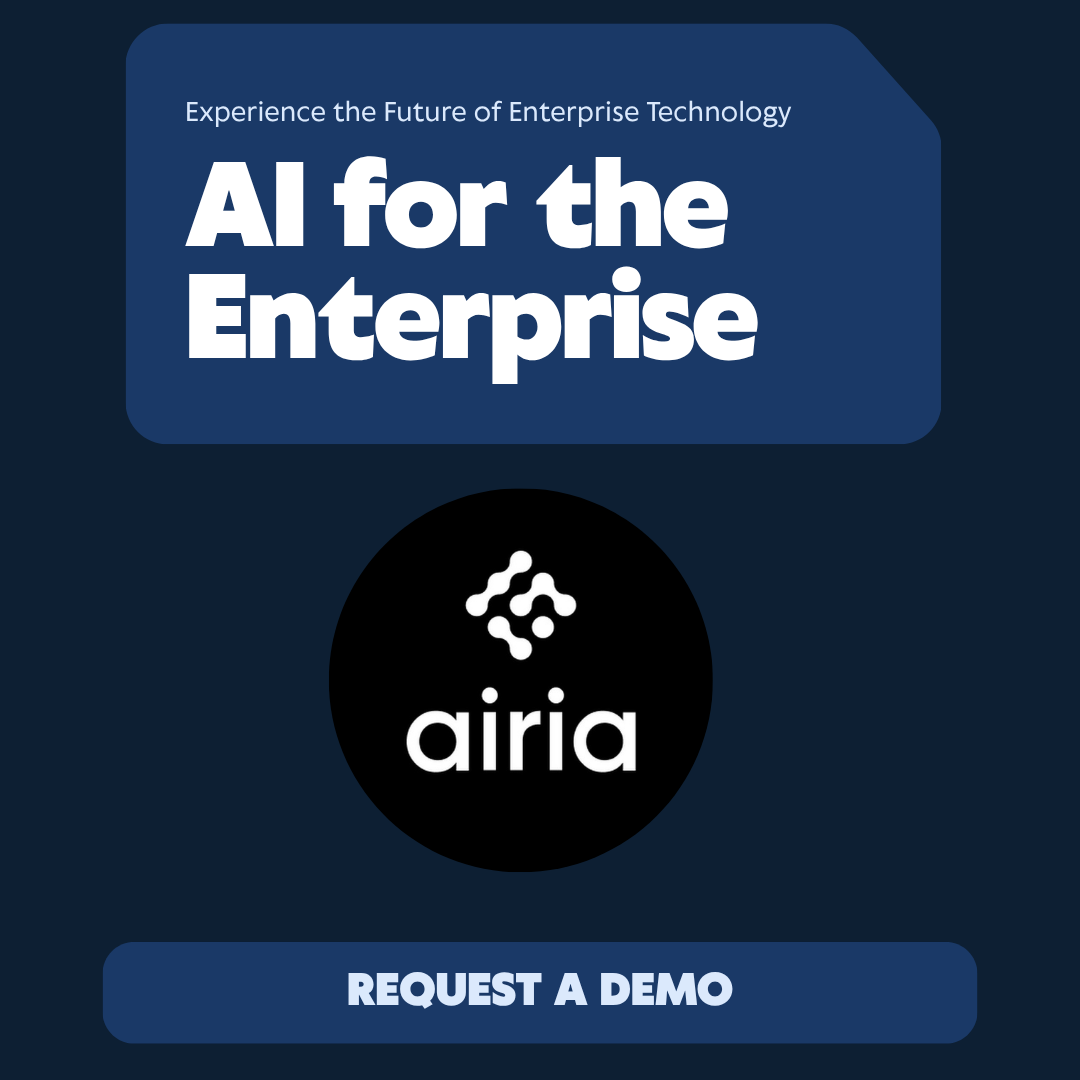Why 95% of GenAI Projects Fail—and How to Succeed
The Hard Truth About
AI Hype
In boardrooms around the world, executives are approving generative AI pilots with high hopes and big expectations.
Yet according to multiple studies—including McKinsey’s 2024 AI Index—more than 95 percent of those projects never achieve measurable ROI.
It’s not because the technology doesn’t work. It’s because most organizations misunderstand what successful AI adoption actually requires.
Generative AI isn’t plug-and-play—it’s
plan-and-persist.
The Three Reasons Most GenAI Projects Fail
1. The Problem Isn’t Clearly Defined
Too many projects start with a tool, not a goal.
Teams rush to “use ChatGPT” or “build an AI assistant” without understanding what business challenge they’re solving.
When objectives aren’t specific—like reducing response time by 40% or cutting manual reporting hours by half—AI initiatives drift into experimentation without purpose.
Fix: Start with a measurable problem statement, not a technology pitch.
2. The Data Isn’t Ready
AI can’t fix bad data—it amplifies it.
If your data is siloed, inconsistent, or incomplete, generative models will generate equally flawed outputs.
Common issues include:
- Unstructured or duplicated datasets
- Lack of tagging and metadata
- Privacy concerns that block model training
- Unclear ownership of information sources
Fix: Invest in data cleaning, labeling, and governance before model deployment.
AI success starts with
data discipline.
3. There’s No Human Integration Plan
Generative AI doesn’t replace workers—it rewrites workflows.
Projects fail when teams aren’t trained to interpret, verify, and apply AI outputs.
Without buy-in from users, adoption stalls. Without accountability, results degrade.
Fix: Create a “human-in-the-loop” design that blends automation with oversight.
When people understand that AI augments their expertise—not threatens it—they use it more effectively.
airia
Get a DemoThe Hidden
Costs of Failure
A failed AI project rarely fails quietly.
It drains budgets, erodes trust, and creates resistance toward future innovation.
Typical losses include:
- 6–12 months of wasted development time
- Expensive cloud-compute bills from underutilized models
- Reduced morale among technical and business teams
- Hesitation to invest in future technologies
AI doesn’t just require capital—it requires credibility. Lose that, and you lose momentum.
How Successful
AI Projects Succeed
Despite the high failure rate, the companies that succeed in AI share common DNA. They approach implementation strategically, not experimentally.
1. They Start Small, Then Scale Fast
Proven AI leaders don’t launch massive programs overnight.
They begin with narrow, measurable pilots—like automating document summaries or routing customer inquiries—and expand from there.
Each win builds data, confidence, and executive support.
2. They Treat Data as Infrastructure
Successful AI organizations manage data as a product.
They standardize formats, maintain lineage, and assign ownership.
AI isn’t a tool you install; it’s a capability you build on the back of clean, connected data.
3. They Embed AI in Everyday Workflows
Generative models deliver real value only when integrated into existing systems—CRM, ERP, or marketing automation—not as standalone chatbots.
By embedding AI where employees already work, adoption becomes natural, not forced.
4. They Measure ROI in Real Terms
Forward-looking companies track AI outcomes through clear KPIs:
- Hours saved
- Revenue generated
- Customer satisfaction improvement
- Error reduction
If it can’t be measured, it can’t be scaled.
5. They Combine Governance with Agility
Governance doesn’t mean red tape—it means reliability.
Top performers establish ethical AI guidelines, bias audits, and model-monitoring systems. At the same time, they encourage experimentation through innovation sandboxes.
The goal is
safe speed—deploying AI fast enough to compete, but responsibly enough to sustain.
Lessons from the Field
Consider two scenarios:
- Company A rushed to deploy a generative chatbot for customer service. It hallucinated responses, mishandled sensitive data, and was shut down within weeks.
- Company B launched a limited pilot focused on summarizing service tickets. After proving accuracy, it expanded into automated routing. Within six months, average response time dropped by 45%.
Both used the same AI foundation. The difference was design, not technology.
The Leadership
Mindset
AI isn’t an IT project—it’s a change-management initiative.
Leaders must align strategy, operations, and culture around a shared goal: using intelligence to make work more meaningful.
Executives who delegate AI entirely to the tech team miss its real potential. The most successful transformations happen when leadership treats AI as a core business function, not a lab experiment.
The Bottom Line
Generative AI projects fail when ambition outpaces alignment.
They succeed when data, design, and people move in sync.
The next wave of winners won’t be those who adopt AI first—they’ll be those who
implement it best.
Success isn’t about deploying an algorithm; it’s about building an organization that knows how to use it.
Gain Your Advantage
At GAIN Magazine, we help business leaders separate hype from execution.
Subscribe today to learn how successful companies turn AI ambition into measurable results.















